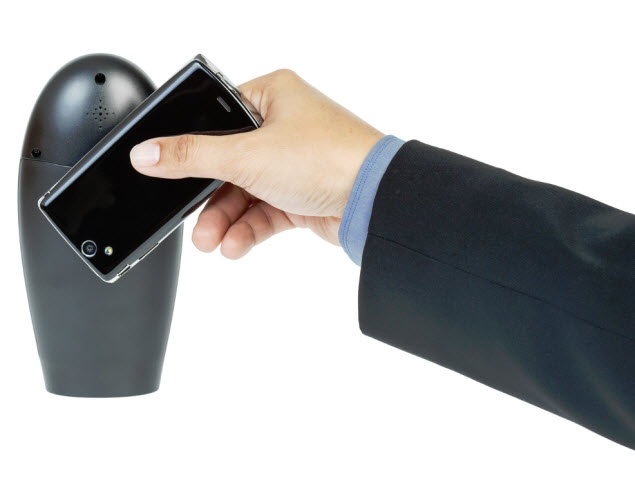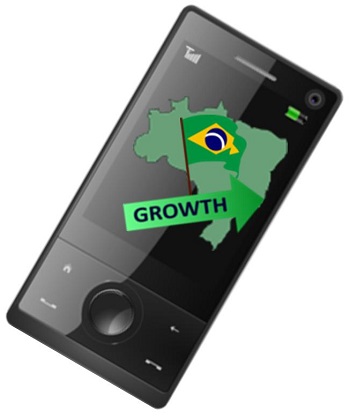Country’s largest mobile payment company has launched
A new competitor has emerged in the mobile commerce space. Taiwan Mobile Payment Co., which is now Taiwan’s largest mobile commerce platform, has officially launched with the support of 32 of the country’s major financial institutions. The platform supports NFC-based mobile payments, allowing consumers with smartphones and tablets to make payments in physical stores that have NFC-enabled point-of-sale systems installed. The new platform may be welcome among consumers that have been looking for a new mobile payment service for some time.
New platform will leverage NFC technology to process payments and has strong support from Taiwan’s financial institutions
The mobile payments being made through the new platform will be processed through Taiwan Mobile Payment’s trusted service manager. This system will secure the financial information being used by the platform to authenticate payments. The platform will also support payments made through Visa and MasterCard and can be used to make purchases at more than 30,000 stores throughout the country. The platform also has strong support from various financial institutions, making it more accessible to a wide range of consumers.
Taiwan continues to grow as a prominent mobile commerce market
 Taiwan is quickly becoming a very prominent mobile commerce market. Two other services have already emerged in the country, but consumers have been demanding a larger, more capable service for some time. Currently, Taiwan Mobile Payment is the largest mobile payment service provider in Taiwan and has been accredited by both Visa and MasterCard.
Taiwan is quickly becoming a very prominent mobile commerce market. Two other services have already emerged in the country, but consumers have been demanding a larger, more capable service for some time. Currently, Taiwan Mobile Payment is the largest mobile payment service provider in Taiwan and has been accredited by both Visa and MasterCard.
New service relies on NFC technology in order to facilitate mobile transactions made from devices equipped with NFC chips
The new mobile commerce platform is expected to work with 20 different smartphone models, most of which are Android devices. These devices are equipped with NFC technology, allowing them to interface with payment platforms that also use this technology. NFC currently makes up much of the backbone of the mobile commerce world. Some payment services have opted to avoid using NFC technology to make their platforms more accessible to those that do not have NFC-enabled mobile devices.

 E-bit reported that on that one day alone, there was a growth of 609 percent over m-commerce, when compared to Black Friday in 2013. The director of the firm, Pedro Guasti, said that “The share of
E-bit reported that on that one day alone, there was a growth of 609 percent over m-commerce, when compared to Black Friday in 2013. The director of the firm, Pedro Guasti, said that “The share of 